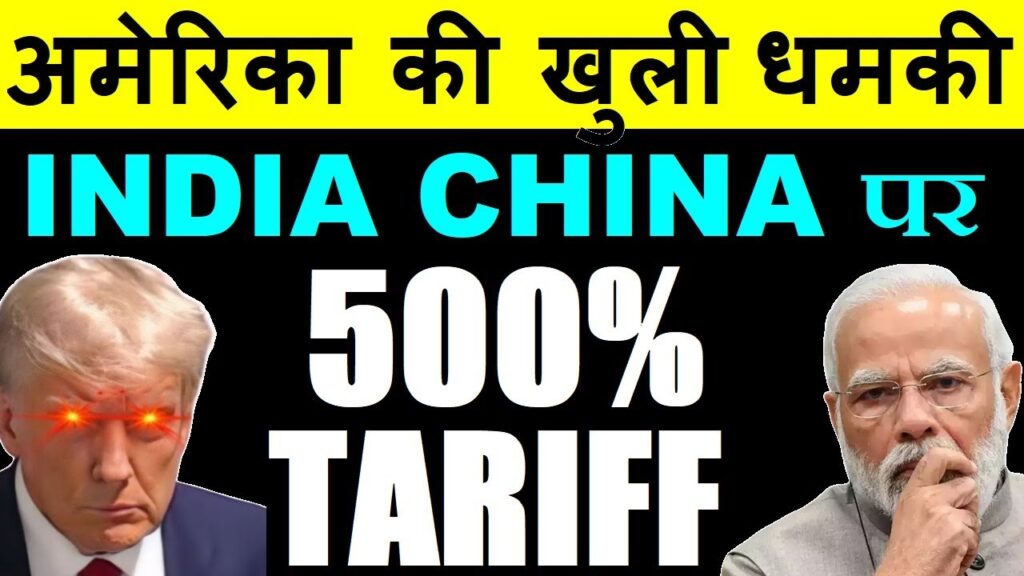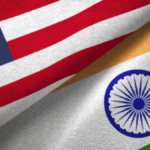By Anjan Roy
India’s purchase of Russian arms and weaponry gets “under the skin of America”. This is an irritant in Indo-US relations, according to Howard Lutnik, US commerce secretary.
That aside, India was a great country with diverse assets, particularly its talented people capable of achieving break-throughs in areas like artificial intelligence. The US views were articulated by the US commerce secretary Lutnik while speaking with the Indian TV network, ANI, in Washington, DC.
Lutnik explained that US president Donald Trump had his first priority of America First in advanced manufacturing. However, beyond that America has entire areas of co-operation open with friends and allies which could be explored by India. Lutnik pointed out that some of these highest tech and advanced areas of manufacturing were being promoted by America as a matter of considered policy.
Outside that specific group of manufacturing an enormous area of manufacturing was open for India to exploit and the country could access the US market with these products. There would be great scope for win win solutions for both the centuries in these areas of industrial co-operation.
There is some logic and approach underlying what commerce secretary Lutnik was referring to. Over 90% of general merchandise, catering to the consumption basket of ordinary Americans, were currently being supplied by China. This was resulting in huge trade surplus of China vis a vis USA.
Under Donald Trump’s policy, America was seeking to correct this imbalance and nurture alternative supply chains for these areas. This was part of American strategic policy and the country would be happy to see India emerge as a reliable supplier.
On the other hand, in a breezy manner the US commerce secretary observed that Indian purchases of whole segments of weaponry purchases from Russia, in the context of the current state of hostilities over Ukraine, would generate adverse feelings towards India among the policy makers.
What was particularly rattling for America was the purchase of surface to air missiles systems —the so-called SAM 400— which had proved to be immensely valuable in the latest Indo-Pak confrontation over the Pahalgam incidence of terrorist attack. India was planning to deploy another set of SAM 400 missile system in the country.
Immediately before the latest flare up over terror attack India had slowly diversified its purchases of defence equipment ad weaponry system I include American hardware. He noted that of late India had initiated purchase of American systems and weapons.
Another area of co-operation between India and America could be in AI. The advanced AI systems could be co-generated between Indian and American specialists with great advantage. He admitted that Indian proficiency in these areas were generally appreciated and these could be harnessed for the benefit of both countries.
Indeed, after president Trump’s announcement of his “reciprocal tariffs”, India ad America had engaged in trade talks. Only a few countries were currently holding serious and advanced trade talks, India among the elect few. USA is holding similar trade talks with Japan and South Korea was well.
The insider talk is that the Indo-US trade talks could be completed within a short period of time. Generally, a trade talk spans over at least a couple of years, as many delicate and intricate issues have to be sorted out. Nevertheless, these are being compressed into a period of a few months, according to grapevine.
Inside information indicates that Indo US trade turnover could rise to over $500 billion in a short time if the manufacturing activities could be so organised. However, for India to achieve these aims some major internal reforms were needed, like the reforms of the land and labour markets.
It is not easy to achieve these reforms of the factor markets. These are basically, domestic political issues in a democratic and federal structure. These could call for as protracted negotiations among the major players, political parties in power in different states with the centre, and there lies the rub.
The hopeful signs are that some of the states are showing an increasing awareness of these compulsions. Significantly, those states which were alive to these compulsions were making clear progress whereas those which were political entrenched in their die hard positions were lagging behind. It could be the competition within the country among the progressive and regressive states which could determine the fuse course of development. (IPA Service)

 India Keen To Conclude Interim Trade Deal With USA By July 9 This Year
India Keen To Conclude Interim Trade Deal With USA By July 9 This Year 